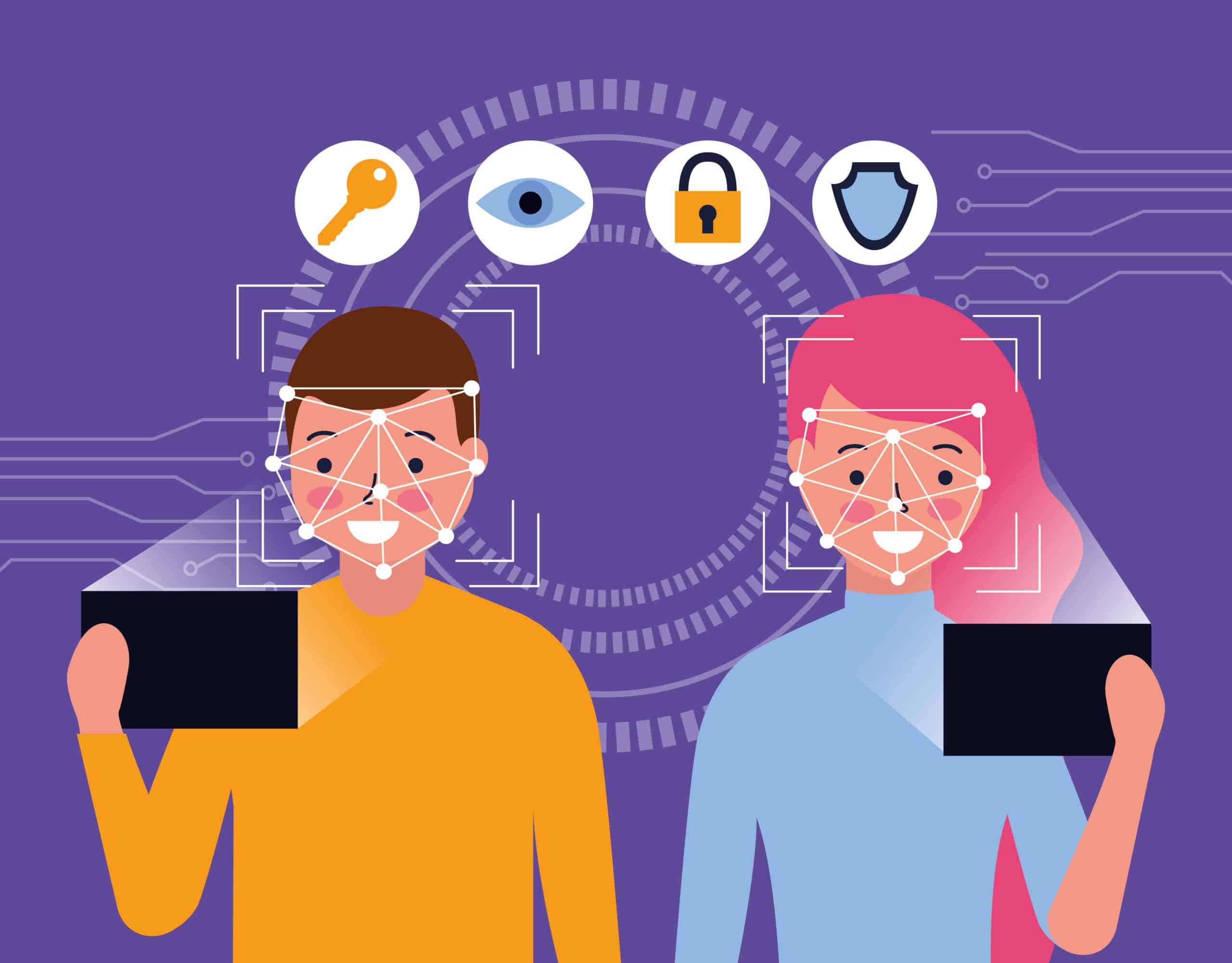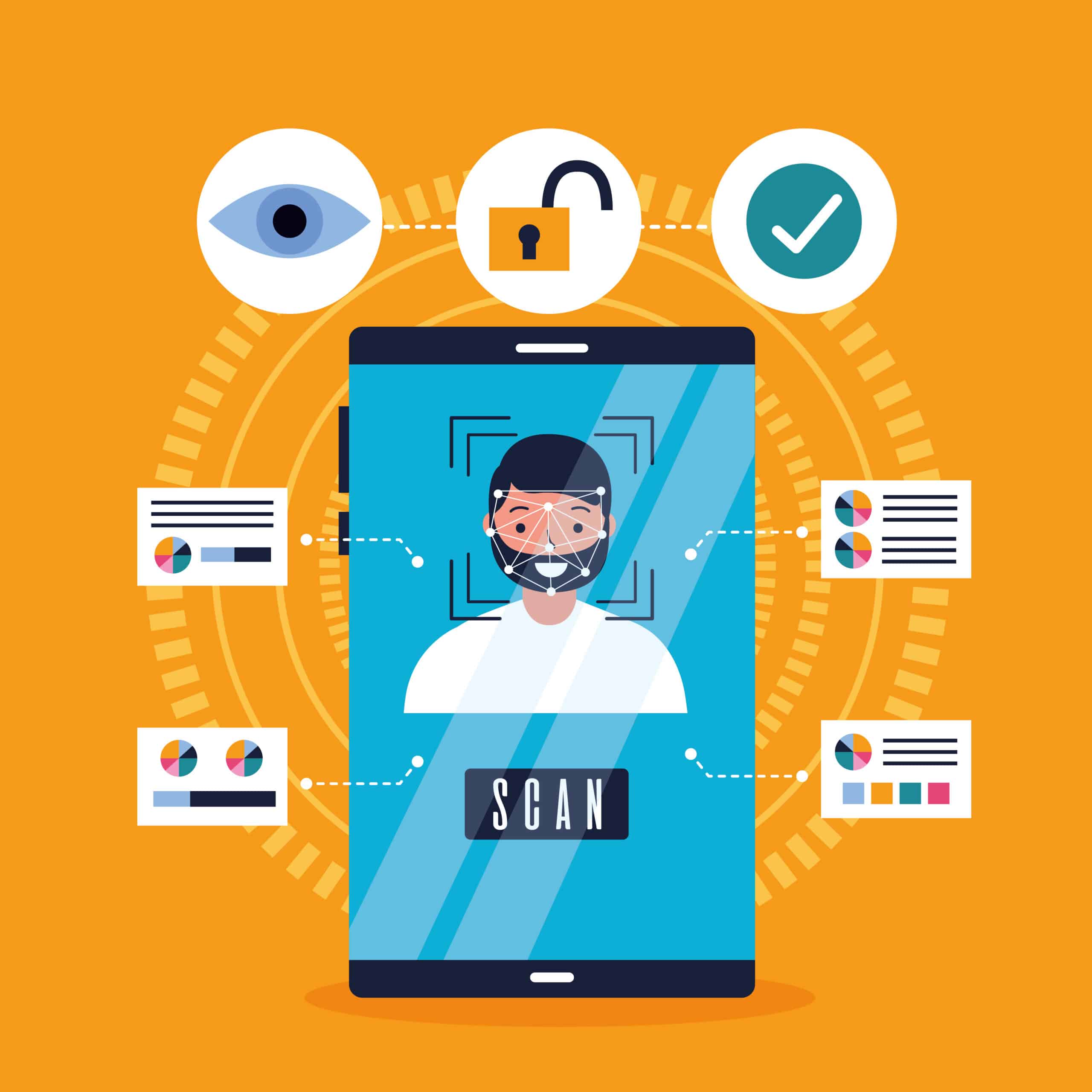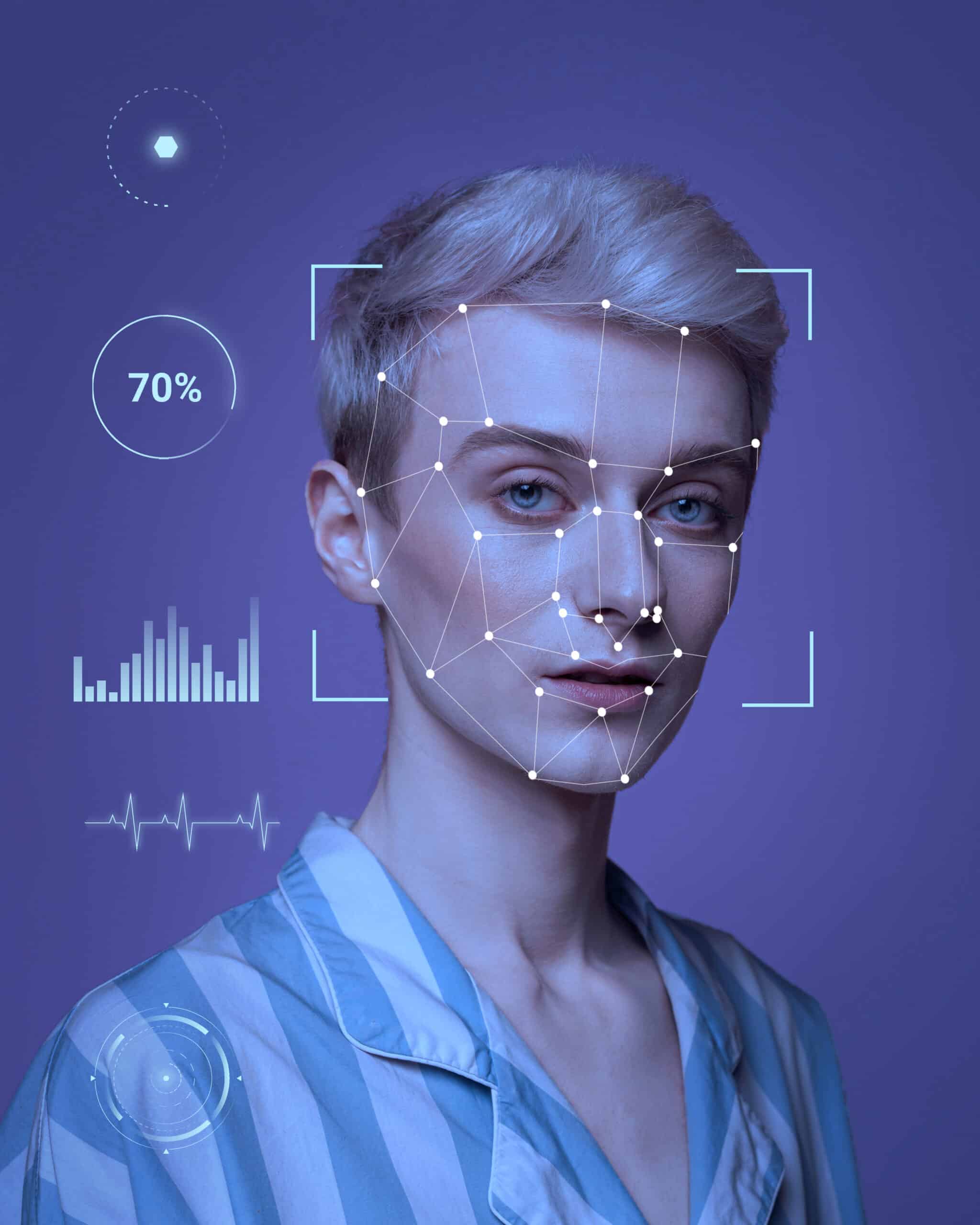Understanding Facial Recognition Identity Verification: Fundamentals and Best Practices
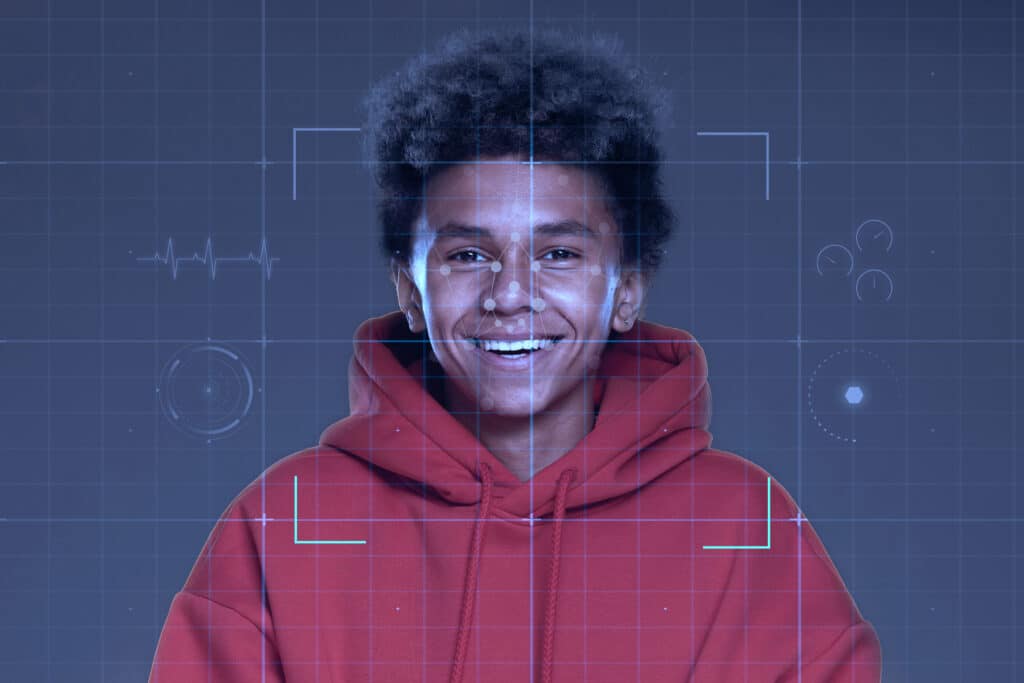
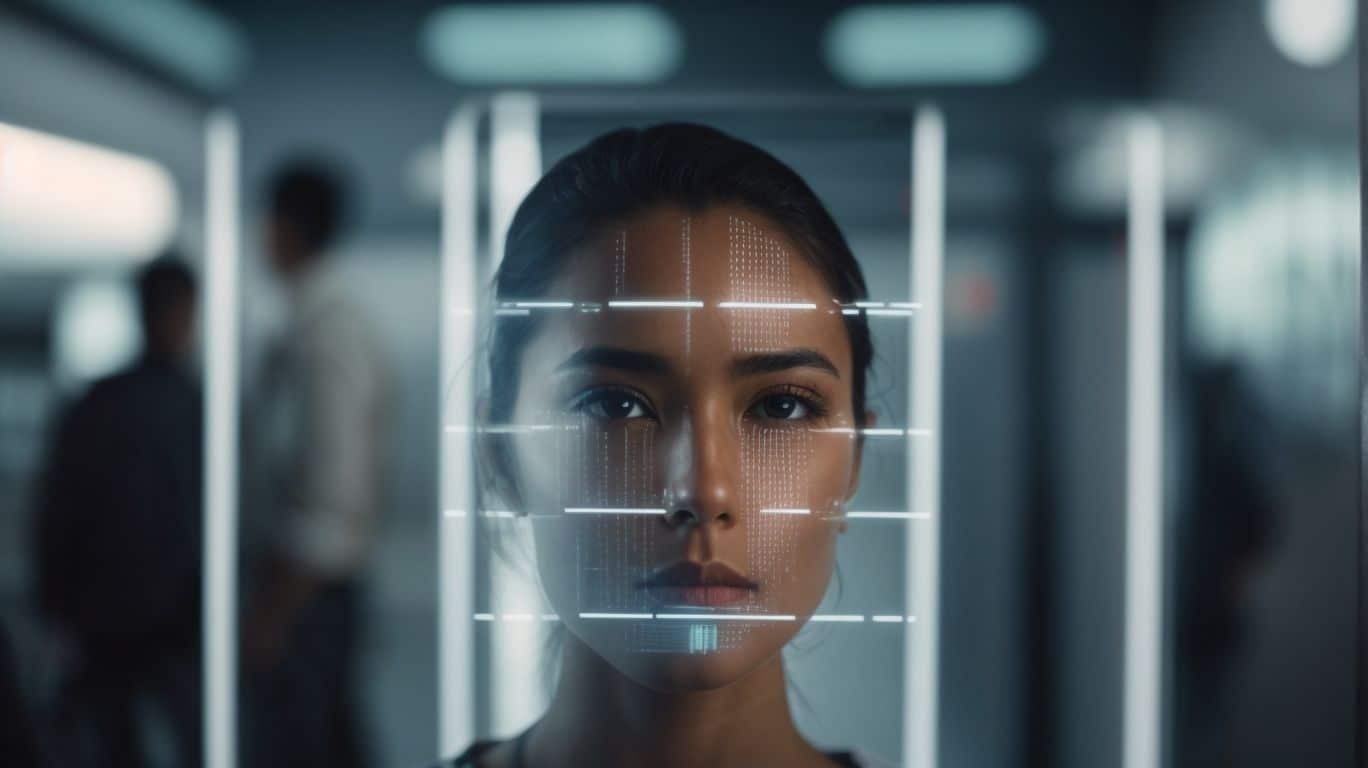
Facial recognition technology has become increasingly prevalent in our daily lives, from unlocking our smartphones to enhancing security measures. Learn identity verification fundamentals.
We delve into the process of biometric data collection, facial recognition algorithms, and the identity verification process. Additionally, we explore the various uses of facial recognition, including security access control, financial transactions, and law enforcement.
The discussion focuses on the benefits of facial recognition, such as increased security and efficiency, as well as the concerns surrounding privacy and data protection.
We explore how to ethically use facial recognition identity verification through transparency, regular audits, and responsible regulations. Join us as we uncover the world of facial recognition identity verification.
What is Facial Recognition Identity Verification?
Facial Recognition Identity Verification is a technology that leverages biometric data from facial features to authenticate and validate an individual’s identity, enhancing security measures.
By analyzing unique facial characteristics, such as the distance between the eyes, nose, and mouth, facial recognition technology creates a digital map. The system compares stored data with this map to determine identity verification. Also, this advanced form of authentication offers a secure and efficient way to confirm identity for various purposes, from unlocking smartphones to accessing secure locations. With the ability to quickly and accurately verify individuals, facial recognition technology enhances overall security protocols and streamlines identity authentication processes.
How Does Facial Recognition Technology Work?
Facial Recognition Technology operates by utilizing advanced algorithms, machine learning models, and facial feature analysis to detect faces, verify liveness, and match identities.
Machine learning lies at the heart of facial recognition technology, enabling systems to continuously improve accuracy by learning from vast datasets. Also, ai algorithms process the facial data captured by cameras, extracting unique features such as facial contours, distances between key points, and skin texture.
A database of stored facial templates is then compared to these features to identify individuals.
Liveness detection further enhances security by confirming that the detected face is not a static image or video, but an actual living person in real-time.
What Are the Key Concepts of Facial Recognition Identity Verification?
Key Concepts of Facial Recognition Identity Verification include the collection of biometric data, intricate recognition algorithms, and the utilization of advanced systems for identity verification processes.
Biometric data collection in facial recognition involves capturing unique facial features such as the distance between the eyes, the shape of the nose, and the contours of the face. The data is then securely stored in a database for comparison during verification. Also, the recognition algorithms analyze this data, creating a digital template unique to each face, allowing for accurate identification. Organizations use verification tools like facial recognition software and hardware, such as cameras and sensors, to match live faces with stored biometric data, ensuring a secure and reliable identity verification process.
Biometric Data Collection
During Biometric Data Collection, facial images are scanned and processed to create unique facial templates that are securely stored to protect sensitive biometric data.
Facial scanning techniques play a crucial role in capturing key facial features such as eye distance, nose shape, and mouth placement. These distinctive facial attributes are then converted into a mathematical representation, forming the basis of the facial template. Also, this template acts as a reference point for future authentication or identification purposes. Data protection measures, such as encryption and strict access controls, are implemented to safeguard these facial templates from unauthorized access or misuse, ensuring the security and privacy of the biometric data.
Facial Recognition Algorithms
Facial Recognition Algorithms employ machine learning models to analyze facial features, perform facial matching, and validate identities through advanced recognition techniques.
This technology has significantly progressed in recent years, enabling systems to accurately identify individuals, even in challenging environments. Additionally, machine learning algorithms are trained with massive datasets to enhance their ability to detect unique facial characteristics and patterns. Facial analysis involves examining various facial attributes like the distance between eyes, nose shape, and jawline definition.
The matching procedure compares these features against a database to find a potential match, allowing for swift identity verification. These algorithms play a crucial role in security systems, law enforcement, and digital authentication processes.
Identity Verification Process
The Identity Verification Process involves fraud prevention measures, secure authentication protocols, user verification checks, and identity validation procedures to ensure accurate and reliable identity verification.
Fraud prevention tactics within this process typically include the utilization of advanced encryption technologies and biometric verification methods. Secure authentication methods often involve multi-factor authentication, such as SMS codes, security questions, or fingerprint scans. Additionally, user verification steps may encompass document verification, facial recognition, or knowledge-based authentication questions. Identity validation techniques may utilize database cross-checks, address verification, or credit history verification to confirm the legitimacy of an individual’s identity.
What Are the Uses of Facial Recognition Identity Verification?
Facial Recognition Identity Verification is employed for various purposes, including enhancing security and access control, facilitating secure financial transactions, and supporting law enforcement and surveillance efforts.
- This technology plays a crucial role in managing secure access to restricted areas, such as government buildings, airports, and corporate offices by accurately verifying the identity of individuals through sophisticated recognition algorithms.
- In financial sectors, Facial Recognition Identity Verification ensures safe and seamless transactions by adding an extra layer of protection against fraud and unauthorized access.
- In law enforcement, this tool aids in the identification and tracking of suspects, enhancing public safety and assisting investigations through the quick and reliable recognition of individuals.
Security and Access Control
Facial Recognition plays a crucial role in security and access control systems, utilizing advanced software, verification tools, and stringent security measures to meet identity verification requirements.
This technology is rapidly transforming security measures by providing seamless and efficient solutions for access control in various sectors. By integrating specialized software and cutting-edge algorithms, facial recognition systems can accurately identify individuals and grant access based on authorization levels. These systems not only enhance security but also streamline user experience by eliminating the need for physical access cards or keys. Facial recognition adheres to strict compliance standards for identity verification, ensuring that only authorized personnel can access sensitive areas or valuable information.
Financial Transactions
In Financial Transactions, Facial Recognition aids in fraud prevention, enabling biometric authentication, implementing secure validation methods, and ensuring reliable and secure authentication processes.
This transformative technology works by analyzing unique facial features of individuals, converting them into encrypted data points for comparison within secure databases. By verifying the user’s identity through facial recognition, financial institutions can significantly reduce the risk of unauthorized access and fraudulent activities.
In addition, facial recognition adds an extra layer of security as it is difficult to forge or replicate an individual’s facial characteristics. Such advanced authentication techniques are crucial in today’s digital landscape to safeguard sensitive financial information and enhance overall transaction security.
Law Enforcement and Surveillance
Law Enforcement and Surveillance benefit from Facial Recognition tools and applications, enabling efficient identity verification services, utilizing specialized devices, and supporting various facial recognition applications.
Facial Recognition technology is widely used in law enforcement and surveillance settings to enhance security measures and streamline identification processes. The services offered include real-time facial recognition, matching faces against criminal databases or watchlists, and monitoring crowds for potential threats. These applications are applied in various scenarios such as airports, transportation hubs, and public events to enhance public safety and ensure efficient security protocols. Cutting-edge devices like high-resolution cameras and AI-powered algorithms are employed to accurately capture and analyze facial features, making the identification process more reliable and effective.
What Are the Benefits of Facial Recognition Identity Verification?
Facial Recognition Identity Verification offers numerous benefits, including heightened security, improved efficiency, enhanced user experiences, and cost savings through technological advancements.
The enhanced security features of facial recognition technology provide a robust safeguard against unauthorized access, intrusions, and identity fraud. By accurately verifying an individual’s identity through facial recognition, organizations can significantly reduce the risks associated with data breaches and identity theft.
This advanced verification method not only enhances security protocols but also streamlines processes, offering a seamless user experience. The efficiency improvements gained from facial recognition eliminate the need for traditional authentication methods, saving time and resources. The cost-effective nature of facial recognition solutions makes it a valuable investment for businesses looking to enhance their security measures without incurring exorbitant expenses.
Increased Security and Efficiency
Facial Recognition contributes to increased security and efficiency by implementing robust security measures, secure authentication methods, and advanced identity verification technologies to mitigate potential risks.
Through the utilization of biometric markers unique to individuals, Facial Recognition offers a highly secure authentication process that significantly reduces the likelihood of unauthorized access. This technology leverages facial geometry, skin texture analysis, and even infrared scanning to accurately verify a person’s identity. These advanced tools enhance security protocols, making it increasingly difficult for intruders to breach sensitive areas or systems. By continuously evolving and integrating AI algorithms, Facial Recognition remains at the forefront of cutting-edge security solutions, enhancing its accuracy and effectiveness in identity verification challenges.
Enhanced User Experience
Facial Recognition improves the user experience by streamlining user verification processes, ensuring accurate identity validation, and contributing to the growth of the facial recognition industry through innovative solutions.
By offering a seamless and secure way to access devices and services, facial recognition technology has revolutionized the customer journey. The process of unlocking smartphones or accessing bank accounts with just a glance simplifies interactions and eliminates the need to remember complex passwords. With heightened security measures, such as liveness detection, the level of precision in verifying one’s identity has significantly increased. The evolution of facial recognition has paved the way for advancements in various sectors, from retail to security, enhancing operational efficiency and customer satisfaction.
Cost Savings
Facial Recognition leads to cost savings by reducing instances of identity fraud and theft, addressing identity verification challenges, and offering efficient validation methods through specialized services.
By accurately verifying individuals’ identities through their unique facial features, businesses can prevent unauthorized access, fraudulent activities, and security breaches. This not only saves money on potential losses due to fraud but also streamlines processes by eliminating the need for manual verification methods.
In addition to cost efficiency, Facial Recognition enhances user experience by providing a convenient and secure way for individuals to access services, make transactions, and interact with organizations, thereby boosting overall operational effectiveness.
What Are the Concerns and Controversies Surrounding Facial Recognition Identity Verification?
Facial Recognition Identity Verification is accompanied by various concerns, including privacy implications, issues of bias and inaccuracy, potential misuse, and the need for stringent identity verification standards.
Privacy concerns are at the forefront of the debate surrounding facial recognition technology. Critics argue that the collection and storage of facial data pose significant risks to individuals’ privacy rights, as this data can be vulnerable to hacking or misuse. There are ongoing debates about the potential for bias in facial recognition algorithms, which can lead to inaccuracies and discriminatory practices. Ensuring that facial recognition technology adheres to strict identity verification standards is crucial to mitigate these concerns and maintain trust in its applications.
Privacy and Data Protection
Privacy and Data Protection are key considerations in Facial Recognition to safeguard personal identification data, comply with identity verification requirements, and utilize secure technology for identity verification processes.
Facial Recognition technology has seen rapid advancements, raising concerns over potential misuse of personal data. Establishing strict protocols and implementing encryption measures are essential to ensure that sensitive information remains confidential.
Users must have transparency and control over how their data is collected and used in facial recognition systems. By prioritizing privacy and data protection, organizations can build trust with their users and demonstrate their commitment to ethical and secure practices in identity verification processes.
Bias and Inaccuracy
Bias and inaccuracy issues in Facial Recognition stem from facial analysis discrepancies, validation challenges, methodological limitations, and the effectiveness of verification tools in ensuring accurate identity validation.
Facial analysis discrepancies in Facial Recognition systems can lead to inaccurate outcomes due to variations in lighting, facial expressions, and angles captured by cameras. Validation methodologies play a crucial role in addressing these concerns by ensuring that the captured data is consistent and reliable.
Challenges arise in accurately validating identities across diverse populations, leading to potential biases. Verification methods, such as comparing biometric data against a stored template, are essential for confirming an individual’s identity accurately.
The evolution of tools in Facial Recognition has focused on enhancing precision and reducing errors in identity verification processes.
Potential Misuse and Abuse
Potential Misuse and Abuse of Facial Recognition technology may lead to identity fraud instances, highlighting the importance of robust fraud prevention measures, secure verification processes, and reliable verification tools.
One of the major risks associated with the misuse of Facial Recognition technology is the potential breach of personal security and privacy. Additionally, fraudsters could exploit vulnerabilities in these systems to gain unauthorized access to sensitive information, thereby putting individuals at risk of identity theft.
To combat this growing concern, organizations must implement stringent security protocols and authentication methods to ensure the integrity of the verification process. Additionally, by deploying advanced verification tools that incorporate multi-factor authentication and biometric data, businesses can significantly reduce the likelihood of identity fraud incidents.
How Can Facial Recognition Identity Verification Be Used Ethically?
Ethical utilization of Facial Recognition Identity Verification involves ensuring transparency, obtaining consent, conducting regular audits, adhering to responsible practices, and complying with regulations to advance identity verification processes.
Transparency is crucial in the deployment of facial recognition technology, as it ensures that individuals understand how their biometric data is being used and stored. Also, obtaining informed consent from individuals prior to utilizing facial recognition technology is essential to respect their autonomy and privacy.
Regular audits aid in monitoring the accuracy and security of the system, identifying any biases or errors that require addressing. Responsible practices include safeguarding the collected data, ensuring its proper use, and prioritizing data security and privacy. Also, compliance with regulations not only protects individuals’ rights but also promotes trust in the technology and its applications.
Transparency and Consent
Transparency and Consent are vital in Facial Recognition to ensure proper identity validation, utilize facial recognition devices ethically, employ effective verification methods, and leverage advanced technology for identity verification processes.
The lack of transparency may cause individuals to be unaware of how their facial data is being used, potentially leading to privacy concerns and misuse. Also, consent plays a crucial role in empowering individuals to control their personal information and ensuring they are informed participants in the facial recognition process.
Identity validation procedures help prevent unauthorized access and protect against identity theft, while ethical device usage promotes trust and accountability in the deployment of facial recognition technology.
Effective verification methods, such as liveness detection and multi-factor authentication, enhance the accuracy and security of identity verification processes. Additionally, technological advancements, including AI algorithms and biometric matching techniques, continuously improve the reliability and efficiency of facial recognition systems.
Regular Audits and Testing
Regular Audits and Testing are essential for Facial Recognition Identity Verification to ensure the reliability of identity verification processes, evaluate the efficiency of verification services, mitigate risks, and adopt advancements to enhance verification systems.
Through regular audits, organizations can identify any discrepancies or anomalies in the facial recognition system, preventing fraudulent activities and ensuring accuracy in identity verification.
Testing plays a vital role in validating the system’s performance under various scenarios, ensuring seamless operations.
By conducting frequent audits and testing, organizations can continuously improve their facial recognition systems, making them more efficient and reliable.
These practices also help in staying ahead of potential security threats and integrating new technologies into the verification process for enhanced security measures.
Responsible Use and Regulations
Responsible Use and Adherence to Regulations in Facial Recognition are crucial to meet identity verification standards, navigate industry requirements, implement effective solutions, address verification challenges, and promote ethical practices.
By ensuring responsible use and regulatory compliance in facial recognition technologies, organizations can enhance security measures and protect sensitive data. Meeting verification standards not only fosters trust among users but also mitigates risks associated with identity fraud.
Industry demands for efficient and accurate facial recognition solutions necessitate a comprehensive approach that aligns with legal frameworks. Additionally, implementing these technologies requires careful consideration of privacy concerns, data protection, and consent requirements to uphold ethical standards.
Resolving challenges related to algorithm biases and privacy intrusions is essential to maintain public confidence and achieve reliable identity verification processes.
Frequently Asked Questions
What is facial recognition identity verification?
Facial recognition identity verification is a technology that uses biometric data from a person’s face to confirm their identity. Additionally, it compares the facial features of a person to the data stored in a database to verify their identity.
How does facial recognition identity verification work?
Facial recognition identity verification works by capturing an image of a person’s face and analyzing it using algorithms to create a unique biometric template. The system compares this template to a database of existing templates to authenticate the person’s identity.
What are the key concepts of facial recognition identity verification?
The key concepts of facial recognition identity verification include biometric data, algorithms, templates, and databases. Biometric data refers to the unique physical characteristics of a person’s face. Algorithms analyze and compare this data, creating templates based on the analysis. Databases then store these templates for future identification purposes.
How secure is facial recognition identity verification?
Facial recognition identity verification is considered to be a highly secure form of identity verification. The technology uses complex algorithms to analyze and compare biometric data, making it difficult for imposters to fake or manipulate the results.
What are the common uses of facial recognition identity verification?
The use of facial recognition identity verification is common in security and access control, including unlocking devices, accessing secure buildings, and verifying identities at border crossings. Additionally, the banking and financial industry utilizes it for identity verification during transactions.
Are there any privacy concerns with facial recognition identity verification?
Yes, there are privacy concerns with facial recognition identity verification, as the technology involves the collection and storage of biometric data. Also, it is important to ensure that proper consent and security measures are in place when implementing this technology to protect the privacy of individuals.

